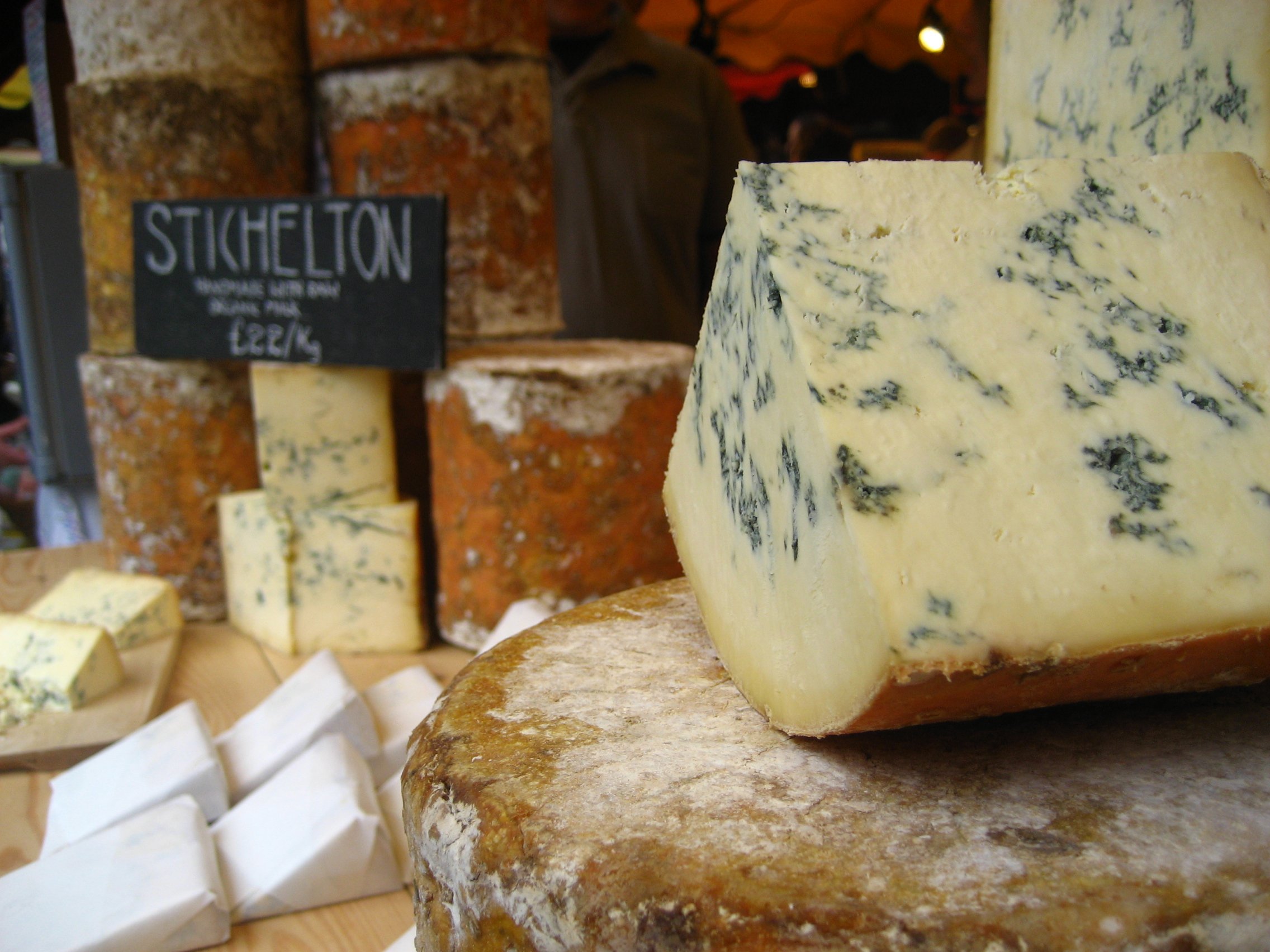Cheese-making in Britain had exist for thousands of years. But the cheeses we know and have come to love as classically British cheese like Wensleydale, Cheddar, and Lancashire have only existed and developed in the last couple of hundred years into the style and taste we now know today. In fact, white Wensleydale cheese was invented in the early 1930s.
There are about seven hundred different kinds of cheeses that are made in the United Kingdom. Their recipes differ from ancient and traditional to brand new and unconventional. That’s why talking about British cheeses can take a lot of time. That is why in this article, we will just start by knowing the history of British cheese, what started the British-cheese making tradition, and how much it changed through the years.
History
Cheese-making in Britain began approximately 2,000 years ago during the pre-Roman times. The earliest kinds of cheese that were made in Great Britain have evolved into what we now know as the Cheshire and Lancashire cheeses. Back then, cheese-making was a prosperous industry until Henry the VII announced his famous proclamation during the late 1530s. He ordered to close all of the monasteries so that he could take control of the English Church and also achieve his goal of marrying Ann Boleyn without the consent of the Pope in Rome.
The proclamation resulted in a serious decline in the cheese-making industry until the 17th century when more modern cheesemaking process began to develop along with new and bigger market cities and towns. That’s why larger dairies and creameries began to appear so that the supply of cheese can meet the demands of the growing population. However, the large and mass production of cheese led to the decline of local artisanal cheesemaking in the country and by the beginning of the 20th century, the number of small cheesemakers dropped disturbingly
The World Wars I and II almost thrashed the British artisanal cheese industry. But Britain owes Patrick Rance for his contribution to the country’s cheese-making industry’s rebirth. Thanks to Rance’s campaign for real cheese that began in 1973, the lectures he taught, and his book entitled The Great British Cheese Book, Britain saw a grand artisanal cheese revival in the latter half of the 20th century.
Britain is known for having green and pleasant land because of its location on the western edge of Northern Europe. The country has a moderate temperate climate and a gentle landscape that is famous for frequent rains. The climate and the gentle landscape along with very high mountains, rugged terrains, and an all-year-round supply of rain makes Britain the perfect place to nurture some of the world’s best pastures for dairy farming.
Cheese-making started as a method to preserve the abundance of the milk produced by dairy farming for as long as possible and without the need for refrigeration. And the temperature and climate in Britain make it the perfect condition to make, store and aged cheeses. Britain’s thick stone-walled farmhouses and barns helps maintain a cool temperature all year long and it also helps in aging cheese.
So, it’s no surprise that Britain is ideal for producing and maturing cheese geographically and climatically. That’s why through the years different kinds of cheese were developed in different locations all throughout the country.
Today, Britain is popularly known for its hard and blue cheeses. In fact, some of the world’s finest hard cheese and blue cheese are produced in Britain.
British Cheese Facts
As we mentioned, Britain is one of the world’s great cheese-making nation and along with that are some facts about British cheese most of you probably don’t even know about. That’s why we are here to give you some facts about British cheese.
Britain has a lot more variety of cheese than France
According to studies, France has about four hundred recognized cheese variety while Britain has around 700 cheese varieties.
Queen Vitoria has a passion for cheese
It was said that Queen Victoria loved the huge wheel of cheddar cheese that was presented to her as a wedding gift from the villages of West and East Pennard.
A dairy in Britain produced a limited edition Stilton cheese with gold
This luxurious when of Stilton cheese was made with gold-flecked liquor and was shot through with a genuine gold leaf. Long Clawson Dairy, the producer of the expensive Stilton cheese, sold it for £608.70 per kilo, that’s about 1,022 dollars!
Cheese made in Britain are subject to EU Protected Designation of Origin status
This means that the term used in the names of the cheese can only be legally applied to where it is produced in a certain UK county. For example, the West Country Farmhouse Cheddar can only be used on cheeses that were produced on West Country.
There’s a certain way of eating cheeses if you want to get more out of your cheese eating experience
Experts say that for you to be able to enjoy a good cheddar cheese, you should taste it on the tip of your tongue. On the other hand, if you want to get hold of the taste of Stilton and other blue cheese, you should smear the cheese over the roof of your mouth.

